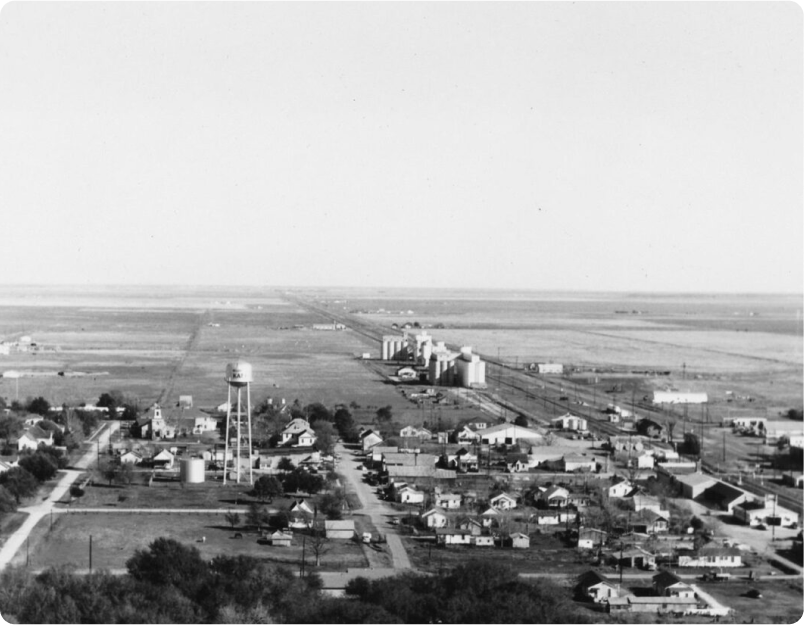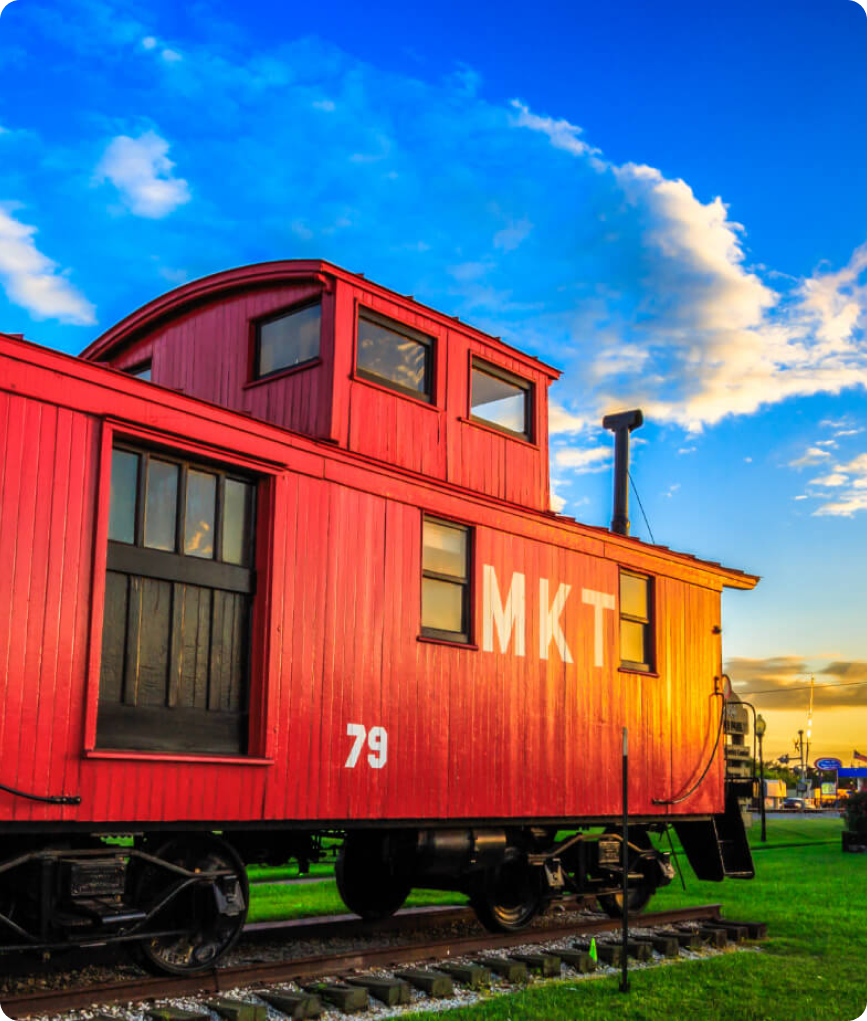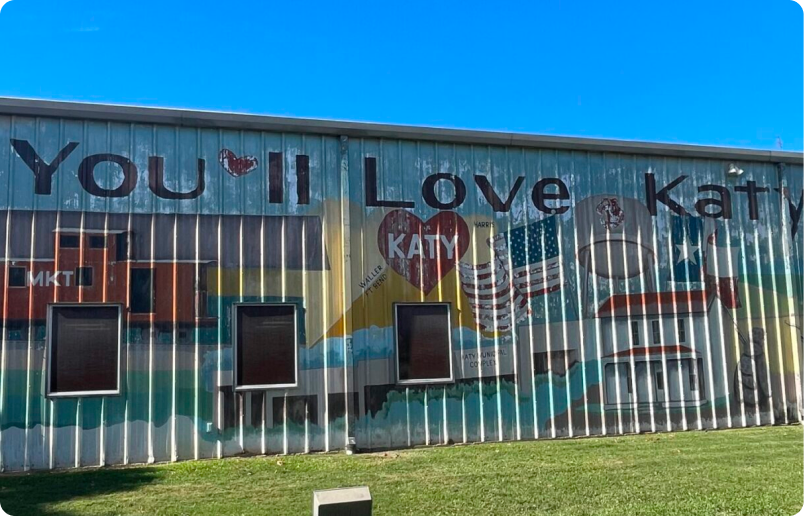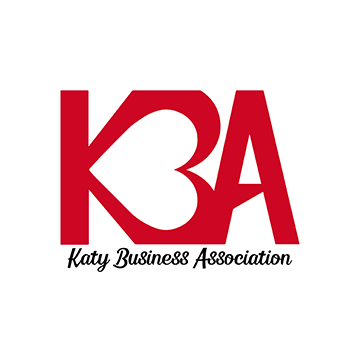
The History of Katy
Old Town Katy was once a wide open prairie, a setting much like those featured in old-time Western movies. It was the hunting ground of the Karankawa Indian tribes and the winter feeding grounds of great herds of buffalo. Vast flocks of wild ducks, geese and whooping cranes joined large populations of wild longhorn cattle, deer and wolves.
Consistent early settlement began in the 1890’s. The first railroad depot was finished in 1898, enlarged in 1919, and sold to the City of Katy in 1977. In 1990, this depot was obtained by the Katy Historical Society and turned into a museum.
Some people believe the city of Katy was named for the Missouri, Kansas and Texas (MKT) Railroad, known as the Katy. Former Mayor Arthur Miller said he had good evidence that the town was named to honor Katy Mares, a popular saloon keeper. Former postmaster D. Stanberry said his grandfather recalled hearing railroad workers saying “Let’s go to Katy’s” before the town took the name.
Katy, her husband Charles and their four children were part of a colony of Bohemians that was established in Katy about 1898 and one of only three families from that group that stayed after the 1900 Galveston storm. The saloon was a very successful business venture in Katy until prohibition caused it to close and the Mares’ moved on.
Both the Baptist and Methodist congregations were organized in 1898 holding services either in homes or the school building. The Methodist church was built in 1904 for all to use. One-room schools encircled the area. In 1919, the Katy Independent School District was formed; it registered 17,000 students in 1989. Today, the district serves over 50,000 students with tremendous projected growth in the immediate future.
William Eule introduced rice farming to the dry-land farmers in 1901; quickly, rice replaced cotton, peanuts and corn. Rice farming would continue as a major revenue source for a long time; Hwy 90 is still home to huge rice storage facilities.
In 1904, Katy’s population was 119. By the following year, the City of Katy had two hotels, two livery stables, two lumberyards and another saloon. The town gained a private bank in 1914. In 1934, drilling in Katy uncovered a gas field; the peak production of area gas was in 1945.


In 1934 the Humble Oil and Refining Company began drilling west of town. In 1942 the Katy Gas Field was operating on over 30,000 acres of open pastures and farm land. This field yielded the products that made all the allied forces aviation fuel for WWII, funded the young Katy ISD and doubled the population of Katy in two years. The gas plant remained in operation until 2002.
The City of Katy, (Old Town Katy), was incorporated in 1945. In the 1950’s, the town continued to grow steadily. By 2000, the population was 11,775 with substantial growth continuing through the present decade.
